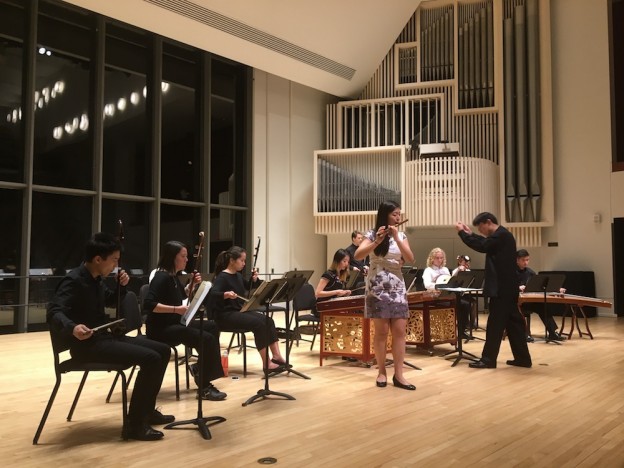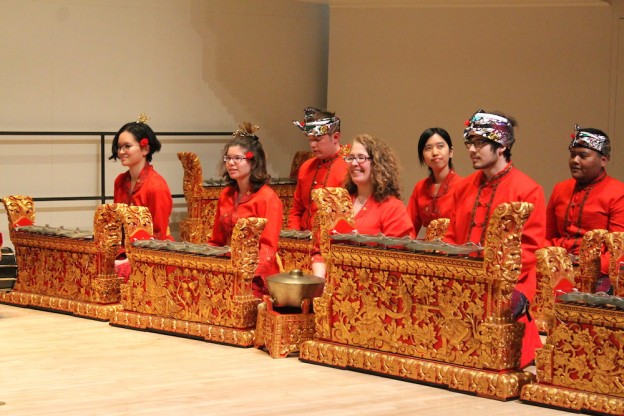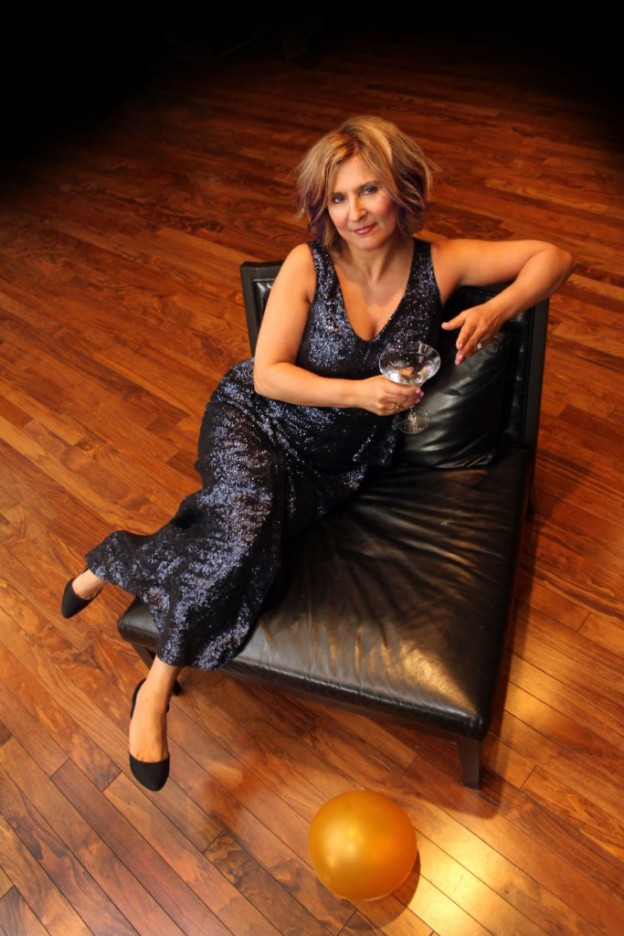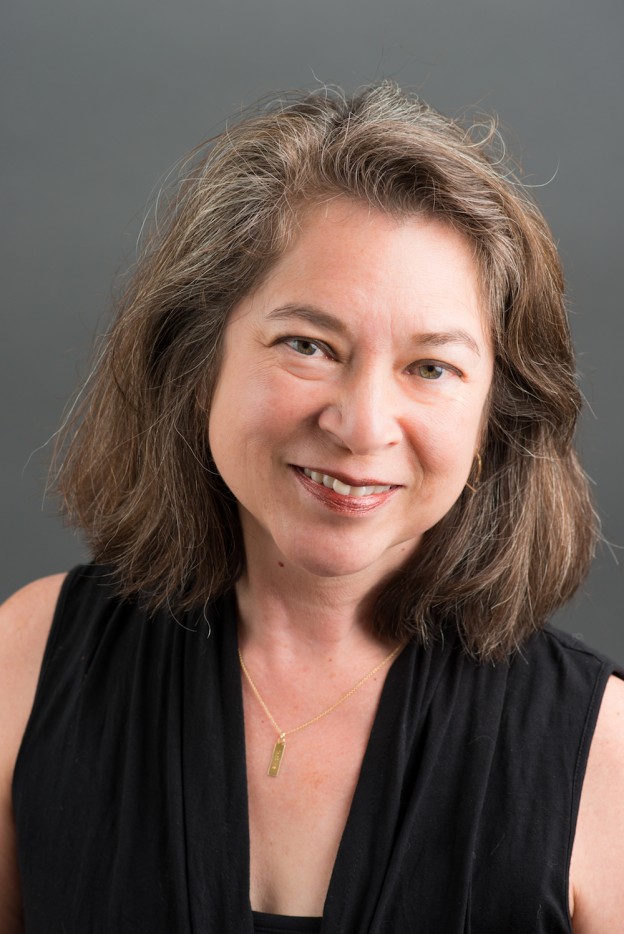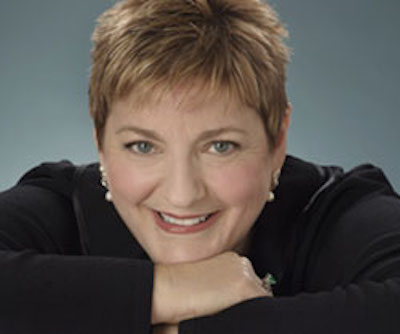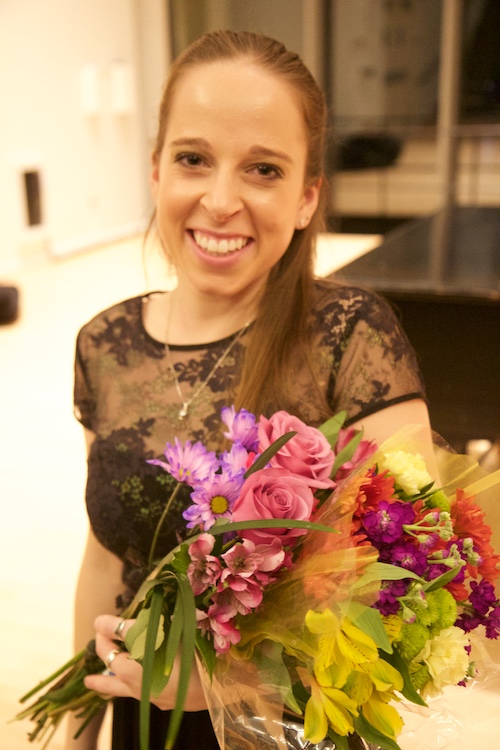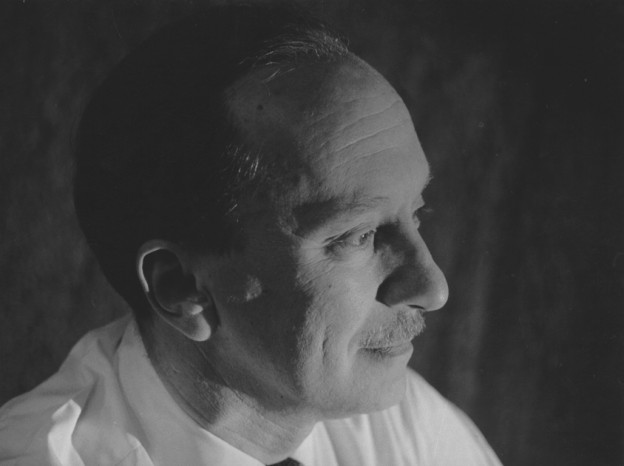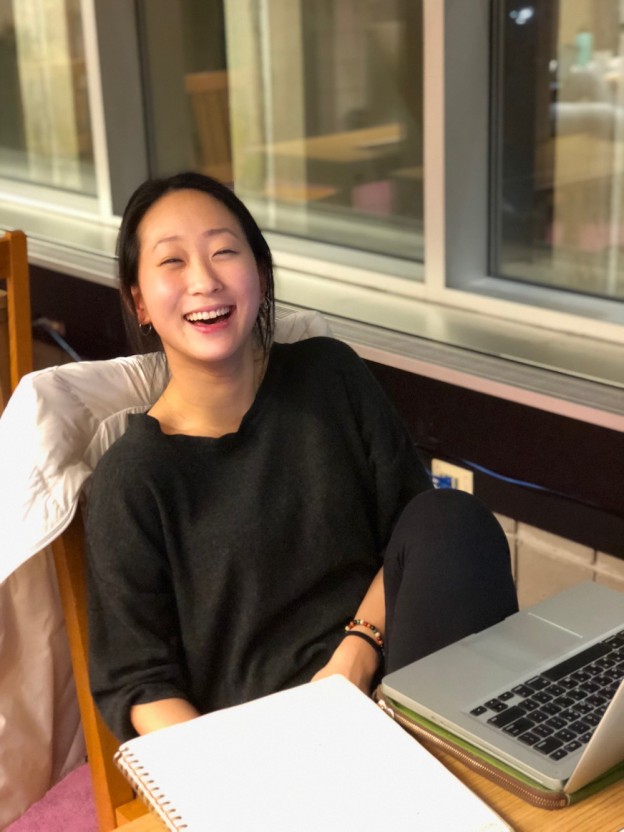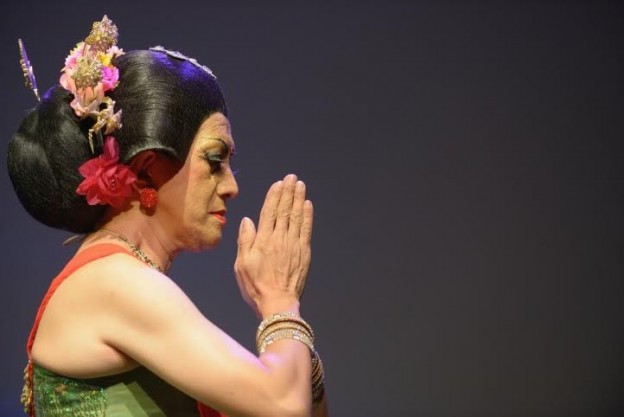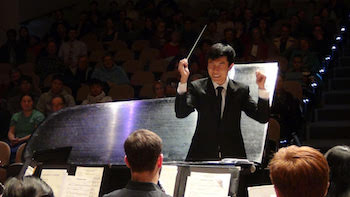Swarthmore can be a hectic place for students, who are required to balance academics, jobs, extracurriculars, and a social life (and, occasionally, sleep). It is especially so for Music and Dance students, who have the added pressure of auditions and practice. Yet, somehow, a number of Music and Dance majors have found time to pursue their own projects, and to share them with the community.
Andrew J Kim ’18 is a music major specializing in conducting. Despite the pressure of senior year and grad school applications, he found the time to apply for a choral conducting master class, held in Pittsburgh in the week before spring break.
“It’s actually less pressure than everything else,” laughingly notes Kim. “I heard about the master class from Joe Gregorio [the director of choral ensembles at Swarthmore], and we worked on the application together — there was a written application, and I had to submit a video of me directing. The Dean’s office is also funding part of trip, through student conference funding.”
The class is part of a larger conference held by the regional chapter of the American Choral Directors Association and will feature workshops and lectures by choral conductors and teachers from across the United States. Kim and other students in the masterclass will prepare and conduct two pieces, working with a choir provided by the conference. He will also work closely with Dr Jerry Blackstone, the renowned Professor and Chair of Conducting at University of Michigan, who has previously taught choral directing to another Swarthmore alum.
Says Kim, “[You should] be constantly on the lookout for things to join into…just be confident about your strength as a musician. It doesn’t hurt to apply, so just try and put your best foot forward…it’s very cool to seek out opportunities, to meet other students doing the same thing as you and find out what other experiences they have.”
_______________________________________________
Rachel Isaacs-Falbel ‘19 took advantage of her semester abroad to supplement her dance education. A Dance Studies and Anthropology special major who specializes in the study of ballet, she spent the fall of 2017 in Nice, France taking classes in dance theory at the Université de Nice Sophia Antipolis through an IES Abroad program.
Explains Isaacs-Falbel, “It gave me a sense of how France interacts with ballet, and brought me a more critical perspective on the U.S. In terms of going into dance as a field, having French language skills is super helpful [Isaacs-Falbel is a French minor]. To learn about ballet history, you really need french to go into the archives and the vocabulary.”
Her classes included Theory of Choreography, and the History of Dance. She also took an advanced adult ballet class, which she describes as “…the fastest paced class I have ever taken – each exercise was set at a tempo twice as fast as I am used to, and they really pushed flexibility in a way I never experienced. [But] it was also super friendly and chill, they threw a going away party when I left.”
Isaacs-Falbel got to discover how French and American dance culture is different, particularly regarding ballet. French dancers must receive an official state diploma before they are approved to work as professional dancers. Isaacs-Falbel also noted that the Université de Nice Dance department works closely with the Music and Theater departments, sharing resources and frequently collaborating on projects, resulting in ballet – and more widely, dance – having a distinguished and protected standing in French culture. Her time in France allowed her to gain a new perspective on ballet in general, as well as new material for her thesis (on the intersections between race and class and the accessibility of ballet education in the U.S.).
“It’s totally possible to go abroad while being a dance or music major — there are lots of schools you can do exchanges with,” says Isaacs-Falbel. “It’s such a valuable experience, because… you gain a new perspective to bring back and critically think about, and think about what you’re learning at home and how that’s important.”
________________________________________________
Dance majors can also participate in programs that are closer to home. Marion Kudla ’19, who also specializes in ballet, attended a five-day dance intensive held by Complexions Contemporary Ballet, a dance company based in her hometown of New York City. Like Kim, she heard of the program from one of the Music and Dance department instructors, Chandra Moss-Thorne.
“I was asking around for classes and programs, and Chandra, who was a professional dancer, recommended the program and the company, because I live in New York…you submit a video to apply. [The dance] was different to what I’m used to doing here, I felt like the movement resonated with me. It was exactly the way I wanted to move, artistically speaking. It was also really fun to explore where I could go with that…to see how each person could interpret moves differently.”
For the program, Kudla spent four hours a day at the Complexions studio: two hours in a ballet class, which incorporated elements of contemporary dance, and two hours in a rep [repertory] class, where she learned some of the Company choreography. Undergoing such intensive classes on a daily basis was a very different pace from Swarthmore, where dance classes must be balanced with academics and extracurriculars. Furthermore, combining ballet and modern dance in such a close way was a new experience for Kudla. “Most of my training has been in ballet…I did some Modern with an alum who graduated last year, but not as much, and this was was really a new way of moving and making it a mix of ballet and modern techniques…I really got to experience my artistry in a different way. And of course the four hour a day schedule was different…I think it was just the right amount, I felt tired but really good.”
One of the major advantages of such programs is that they allow students to develop new techniques and skills, and incorporate them into their performances and work at Swarthmore. They also allow them to go beyond the Swat bubble and meet other musicians and dancers with similar interests, so that they may share their experiences. Kudla participated in the Complexions program alongside dancers from a variety of background, from high school seniors to conservatory students and members of other dance companies.
To any students who may be nervous about participating in similar programs, she advises “[The program] really was an array of dancers with different abilities. Taking our similar experiences and exploring them in different ways, and seeing each person grow in their technical and artistic abilities, is what it’s about…and it would be applicable to anyone who is interested in exploring dancing.”
Emilie Hautemont ’20
